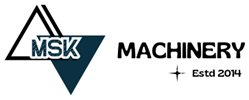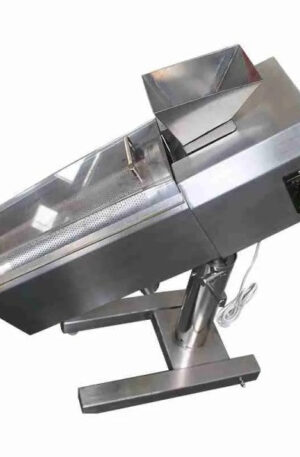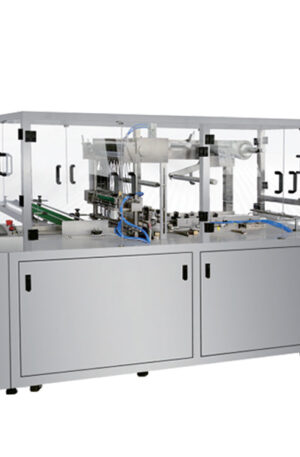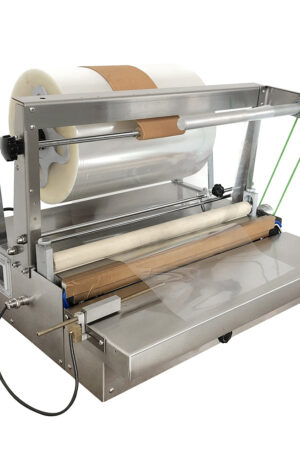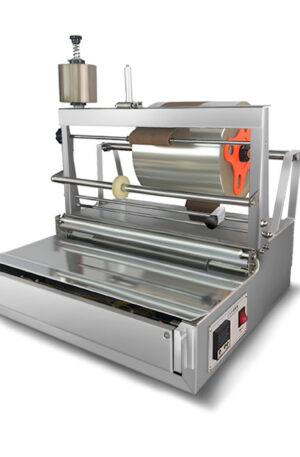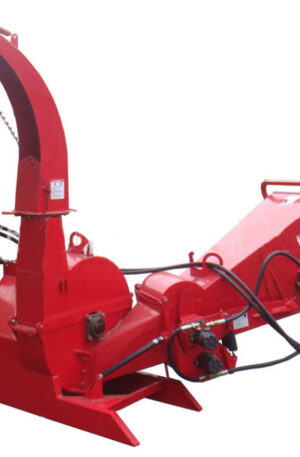Title: The Role of Pharmaceutical Machinery in Drug Manufacturing
Pharmaceutical machinery plays a crucial role in the drug manufacturing process, ensuring the efficiency and precision required for producing high-quality pharmaceutical products. Among the key machines used in this process are the table press machine, capsule filling machine, TDP (Tablet Press Machine), and THDP (High-Speed Tablet Press Machine).
The table press machine, also known as a tablet press, is essential in the production of tablets by compressing powdered ingredients into solid doses. This machine is equipped with punches and dies that shape the tablets according to specific requirements, such as size, shape, and thickness. The table press machine ensures uniformity in tablet quality and dosage, meeting regulatory standards for pharmaceutical manufacturing.
In addition to the table press machine, the capsule filling machine is another vital equipment in drug manufacturing. This machine fills empty capsule shells with the powdered or liquid medication to create dosage forms that are easy to administer. The capsule filling machine can be adjusted to fill capsules with precise amounts of the active pharmaceutical ingredients, providing accurate dosing for patients.
TDP (Tablet Press Machine) is a commonly used type of table press machine that is compact, efficient, and versatile. It is suitable for small to medium-scale production of tablets in pharmaceutical manufacturing facilities. TDP machines are user-friendly and offer features such as adjustable compression force and tablet thickness, making them ideal for producing a variety of tablet formulations.
On the other hand, THDP (High-Speed Tablet Press Machine) is designed for large-scale production of tablets, offering higher output capacity and faster production speeds compared to traditional tablet press machines. THDP machines are used in mass production scenarios where high volume and efficiency are required to meet the market demand for pharmaceutical products.
Overall, pharmaceutical machinery such as the table press machine, capsule filling machine, TDP, and THDP play a critical role in drug manufacturing by ensuring accuracy, efficiency, and quality control in the production of pharmaceutical products. These machines are essential for meeting regulatory standards, optimizing production processes, and delivering safe and effective medications to patients worldwide.
